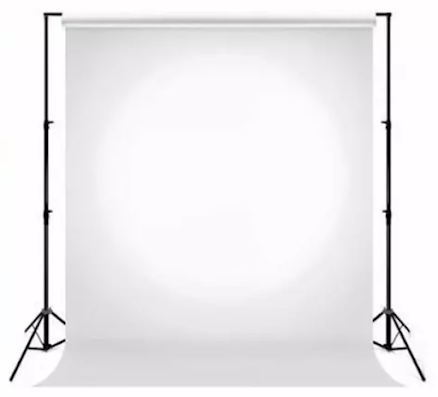DIFFUSER & IT's TYPE
The traditional
method of diffusing light is to position a frosted glass in front of the light
source. But glass has a very high absorption-coefficient, which blocks a large
amount of the LED light output. Apart from that, glass is heavy, increasing the
weight of the whole product. It also does not possess the required toughness
and is prone to breakage.
Nowadays, manufacturers
are adopting new ways to develop cost-effective diffusers entirely from
plastic.

Polycarbonate (PC):
This is a thermoplastic that has been
customized for use in LED parts like reflectors, lenses and, most importantly,
diffusers. PC components can be thinner and lighter than glass, and the
material offers flexibility in design. Polycarbonate can be molded in the form
of sheets and films which can be an excellent choice for diffusion of LED hot
spots.
It is almost unbreakable, hence scoring over
glass because of its high strength and elastic coefficient. It can resist
extreme temperatures.
· As it is more durable and impact-resistant, it
has a longer life span making it cost-effective.
· It
provides a soft, diffused light.
· It is
very light and thin to handle during manufacturing.
· Can be
used to create complex shapes like curved light diffusers.
·
Available in UV stabilized grades for outdoor
use.
Acrylic or polymethyl
methacrylate (PMMA):
If you want a diffusion solution with
fire-resistant properties, then polycarbonate is the best choice, but if you
are looking for optical properties and the highest level of illuminance,
acrylic or polymethyl methacrylate (PMMA) is the right choice. PMMA has
superior optical properties compared to PC. It offers good light transmission
and is easy to fabricate.
·
It has superior optical properties and
illuminance.
· It has
the highest light transmission.
· It is
naturally UV stable, and this property can also be enhanced.
· It has
excellent weather resistance and good high-temperature performance.
· It
provides design flexibility.
· An
acrylic plate has excellent weatherability and high surface gloss.
·
It is low cost and easy to mould.
Polystyrene :
Polystyrene (PS) is a naturally transparent
thermoplastic. It is available in the form of solid plastic as well as rigid
foam material. It is used in a variety of consumer products and light diffusion
solutions. But this material is controversial as it is slow to biodegrade.
·
It is very low on cost.
· It is
wear resistant and scratch resistant.
· Its
chemical stability is good.
· It has
good surface anti-static properties to prevent dust adsorption.
·
It provides good optical transmittance and
strong refraction.

When selecting
thermoplastics for a light-diffusing cover or lens, transparency becomes a
pivotal criterion. In its natural form, the polymer must be highly transparent
to minimize the loss of LED output during the light diffusion process. While
the number of appropriate engineering polymer solutions are by themselves
limited, considering just cost, polycarbonate (PC) and acrylic (polymethyl
methacrylate or PMMA) stand out.
Polycarbonate or
acrylic
The choice between
PC and PMMA is a close call as both are very similar in price, processing
convenience and optical properties. The final choice depends on the application
requirements. Table 1 compares the properties that manufacturers and developers
should consider when selecting between the two polymers.
Prioritizing which
properties are important for your application will make the selection process
easier and more accurate for manufacturers and developers. Acrylic will be a
good choice if optical properties are of high priority and the illuminance
level (lux units) needs to be as high as possible as well. On the other hand,
if the application requires fire resistance because of the high risk of fire,
polycarbonate will be the only choice.




Comments
Post a Comment